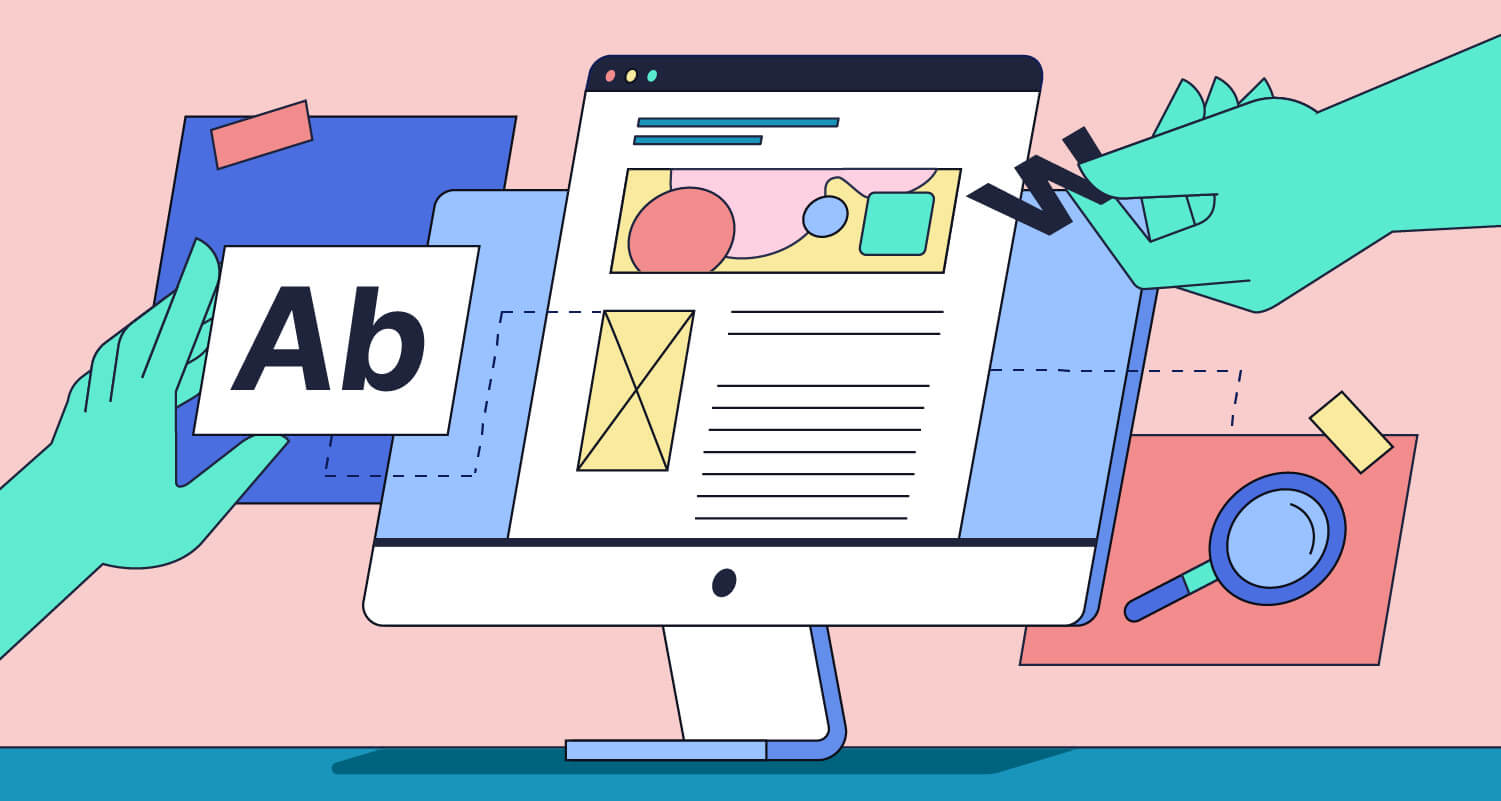
Writing a good blog post is not as hard as it may seem. There are many resources and tips online that can help you craft engaging and informative content for your readers.
1.
Choose a topic that you are passionate and knowledgeable about. You want to write about something that interests you and your audience, and that you can provide value and insight on. You can brainstorm ideas based on your niche, your audience’s pain points, your personal experience, or current trends.
2.
Do keyword research and optimize your post for SEO. You want your blog post to rank well on search engines and attract organic traffic. To do this, you need to find a low-volume keyword that matches your topic and intent, and use it strategically throughout your post. You can use tools like Google Keyword Planner, Moz Keyword Explorer, or SEMrush to find relevant keywords.
3.
Craft a catchy headline that grabs attention and entices clicks. Your headline is the first thing that your readers will see, and it will determine whether they will open your post or not. You want to create a headline that is clear, concise, compelling, and relevant to your topic and keyword. You can use formulas like “How to…”, “X Ways to…”, “X Reasons Why…”, or “X Secrets of…” to generate headlines. You can also use tools like CoSchedule Headline Analyzer or Sharethrough Headline Analyzer to test and improve your headlines.
4.
Outline your main points and structure your post. Before you start writing, you need to have a clear plan of what you want to say and how you want to say it. You can create an outline that covers your introduction, your main points, your subheadings, your conclusion, and your call-to-action. This will help you organize your thoughts, avoid rambling, and ensure that you cover everything you need to.
5.
Write an introduction that hooks the reader and sets the tone. Your introduction is where you capture the reader’s interest and curiosity, and where you establish your credibility and authority on the topic. You want to write an introduction that addresses the reader’s problem or question, explains why it matters, and previews what you will offer in the post. You can use techniques like storytelling, statistics, quotes, questions, or anecdotes to hook the reader.
6.
Write the body of your post with clear and engaging content. This is where you deliver on the promise of your headline and introduction, and where you provide value and information to your reader. You want to write the body of your post with clear and concise language, using short paragraphs, bullet points, lists, images, videos, or other media types to break up the text and make it easy to read. You also want to use examples, data, facts, quotes, or stories to support your main points and make them more engaging.
7.
Write a conclusion that summarizes your main points and leaves a lasting impression. Your conclusion is where you wrap up your post and reinforce your main message. You want to write a conclusion that summarizes what you have said in the post, highlights the key takeaways or benefits for the reader, and leaves them with a positive feeling or a call-to-action. You can also invite them to comment, share, subscribe, or check out other related posts.
8.
Proofread and edit your post for clarity, accuracy, and readability. Before you publish your post, you need to make sure that it is free of errors, typos, grammar mistakes, or factual inaccuracies. You also need to check that it flows well, has a consistent tone and voice, and follows the best practices of writing for the web. You can use tools like Grammarly or Hemingway Editor to help you proofread and edit your post.
These are some of the steps you can follow to write a good blog post in 2023. Of course, there are more details and nuances that you can learn from each step depending on your topic,niche,and style, but this is a good starting point for any beginner blogger who wants to create quality content for their audience.